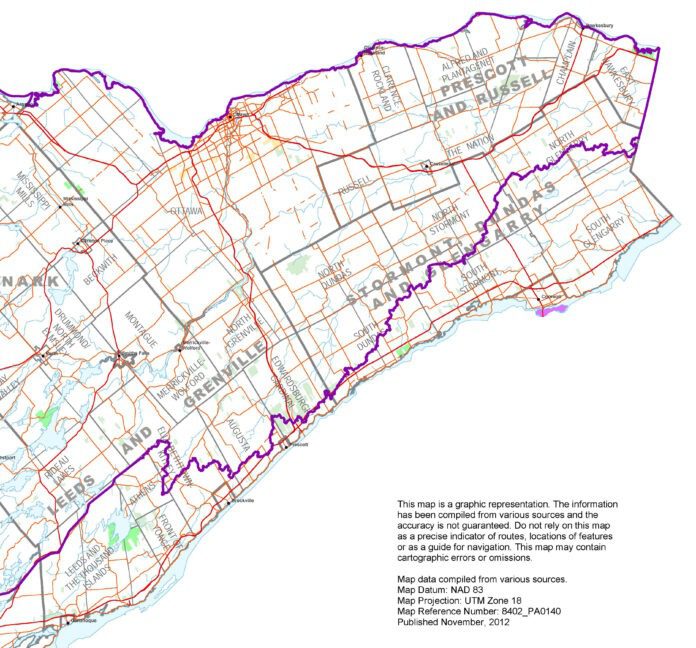More and more organisations, municipalities, service clubs, and other groups are beginning their meetings with a Land Acknowledgment.
This means they make a statement acknowledging that the land on which they are meeting is the traditional land of a First Nation. In much of Eastern Ontario, the reference is made to the Algonquin people. But some people are opposed to the practice, concerned that such an acknowledgment leaves them open to litigation, or to claims that could involve them losing their own property.
The fact is that, no matter how strong and valid the claims of indigenous peoples may be to a particular area, the legal status of that land cannot be changed against the will of the owners. Third party interests are protected in all cases, even where formal land claims are recognised as legitimate by courts of law. In other words, no-one is coming to take away your home or land.
Although these Land Acknowledgments are common throughout Canada, here in this part of the country there is a particularly strong rationale for making such a declaration. Most of Eastern Ontario and the Ottawa Valley was the traditional ands of the Algonquin peoples. In fact, such was their undisputed aboriginal title that they had a major settlement on the Ottawa River where anyone trading up and down the river would have to pay a toll of a percentage of the goods they carried in order to be allowed use the route.
At the time, the Ottawa River, then known as La Grande Riviere des Algonquins, was the main transportation route across the country. This made the Algonquin not only powerful, but also a target of competing nations, particularly the Iroquois.
This resulted in the Algonquin being temporarily pushed out of the Ottawa Valley. Only coming back on a seasonal basis for hunting and fishing. But during that absence, Britain took over from France as colonial “owners” of North America, and mistakenly made a land transfer agreement with the Mohawk and Mississauga, not realising that it was Algonquin territory. This error has been admitted by the Government of Canada in a Draft Agreement with the Algonquin Nation, and the map agreed by both parties shows the boundaries of the traditional territory.
And so, a Land Acknowledgment in this part of Ontario is simply a statement that this remains unceded traditional territory of the Algonquin. The only land that will, or has, changed hands is Crown land; no private land can be included, so all private property is protected.
The semi-official text of the Land Acknowledgment that can be used in this region states:
“We respectfully acknowledges that [event/office], are/is [taking place/located] on the unceded, Unsurrendered Territory of the Anishinabe Algonquin Nation, whose presence and stewardship of the Kitchisippi and its tributaries, dates back to time immemorial and will continue in perpetuity. We honour their long history of welcoming many Nations to this territory and we acknowledge our shared responsibilities to ensure health and wellbeing for all creation for generations to come.
Further, we respect and affirm the inherent and Treaty Rights of all Indigenous Peoples in Canada. Our acknowledgment of the Algonquin Anishinaabe territory recognizes the oppressive history and current experience of colonization, and is a reflection of our commitment to decolonize, and to recognize and honour the pursuits of Indigenous Nations and Peoples’ self-determination and sovereignty.”
This, then, is what is meant by a Land Acknowledgment: not a claim to anyone’s private property, but a simple statement that we recognise the wrongs of the past, and a desire to do justice to the history we all share as stewards of this land.
Perhaps we have matured enough as a people to be able to do so with honesty and gratitude.

